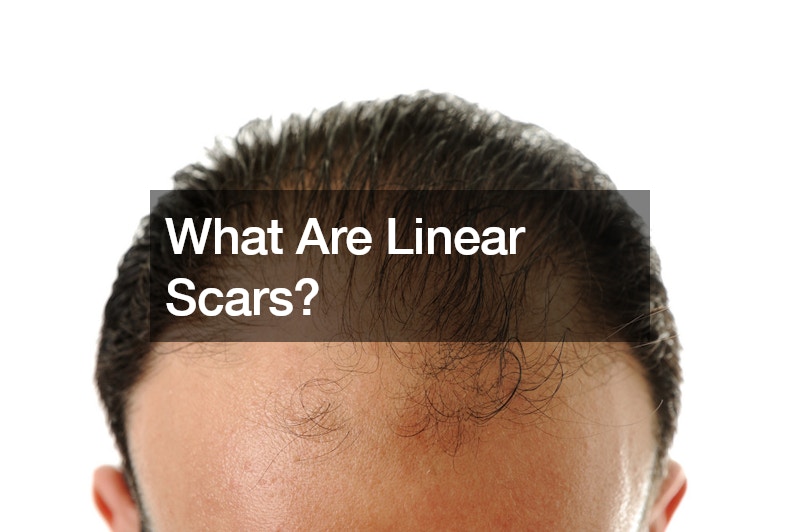Linear scars are a common concern for individuals considering hair transplant surgeries, specifically those undergoing the Follicular Unit Transplantation (FUT) method. Understanding the nature of these scars can help prospective patients make informed decisions about their hair restoration options.
In an FUT procedure, a strip of scalp skin is removed from the donor area, usually the back of the head, to harvest hair follicles. Once the follicles are extracted, the incision is closed with sutures or staples, resulting in a linear scar.
The size and visibility of the scar depend on several factors, including the surgeon’s technique, the patient’s healing process, and the elasticity of the scalp skin.

These scars can vary in appearance. Some may fade to thin, almost imperceptible lines, while others might be more noticeable. Factors such as skin type, post-surgical care, and individual healing rates play a crucial role in scar formation. Skilled surgeons often use advanced techniques to minimize the scar’s size and enhance the overall cosmetic outcome.
For individuals concerned about the visibility of linear scars, there are options to consider. Techniques such as Trichophytic closure, where hair grows through the scar, can significantly reduce its appearance. Additionally, modern hair transplant methods like Follicular Unit Extraction (FUE) do not leave linear scars, as they involve harvesting individual follicles.
Understanding the implications of these scars can help patients choose the most suitable hair transplant method, ensuring a satisfying and aesthetically pleasing result.

